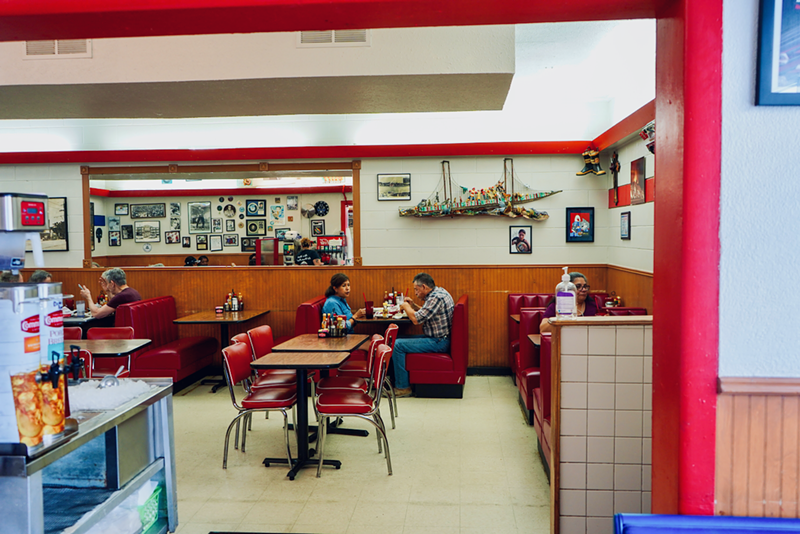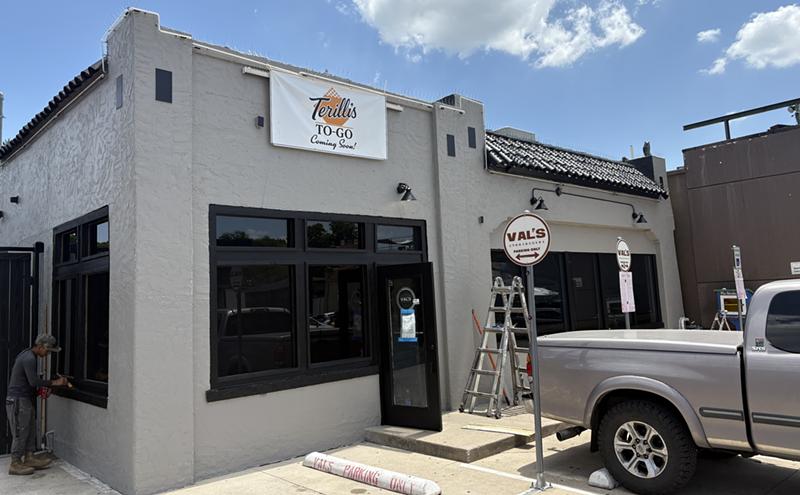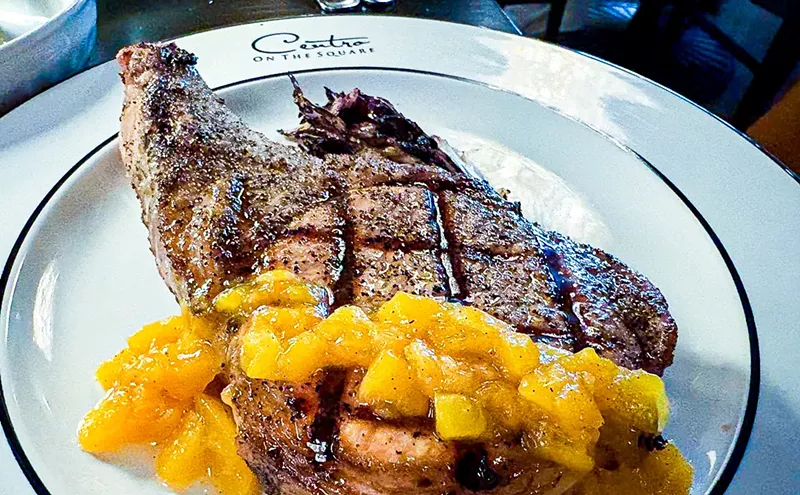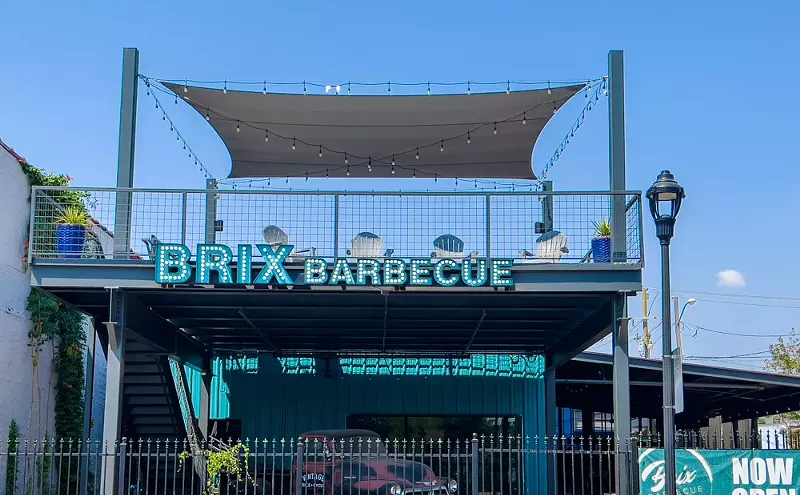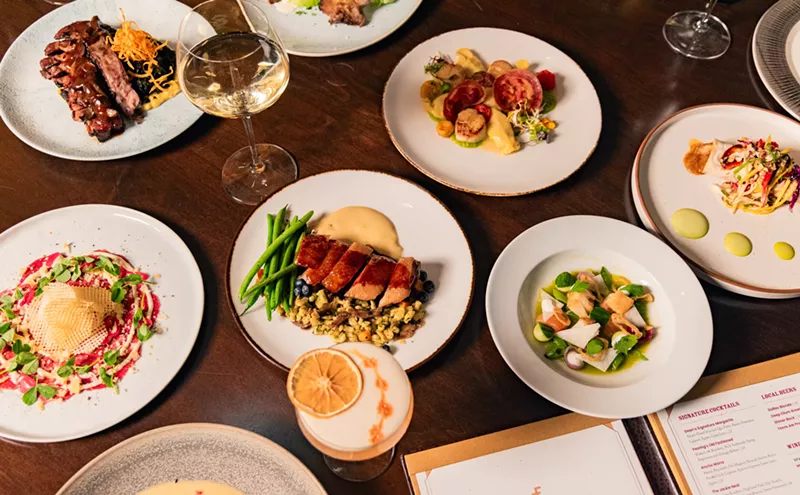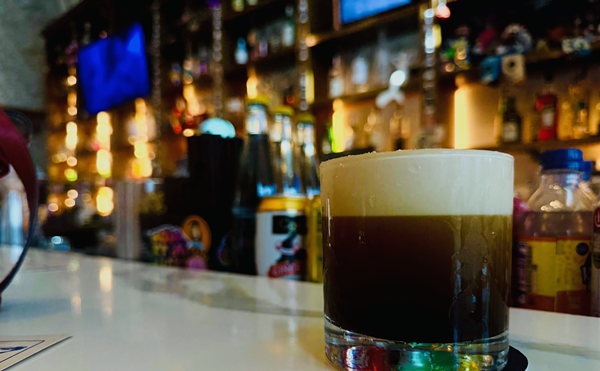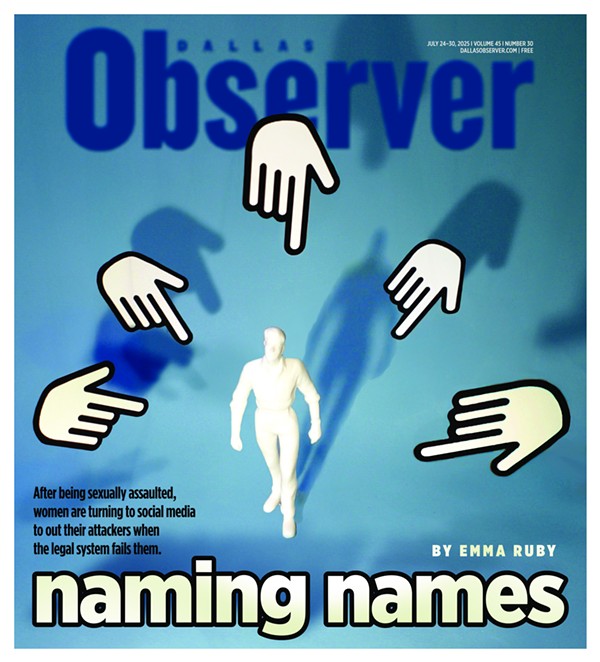According to the National Restaurant Association, food and labor costs have spiked by 29% and 31%, respectively, over the past four years due to inflation. Traffic is still down from pre-pandemic levels. Over that same period, average menu prices have increased by 27.2%.
“Casual dining is especially hard hit because many of their consumers are especially price-conscious,” says Jeffrey Yarbrough, who owns several DFW restaurants and sits on the board of directors of the Texas Restaurant Association. “They’re having to make difficult decisions about groceries versus fast food versus casual dining, for example.”
Some restaurants have found ways to persevere, like Dallas-based Chili's, which has 3 for Me combos for less than $12. Applebee's 2 for $25 deal includes an appetizer, two sides and two entrees — not to mention $1 drink specials like the October Dollar Zombie. But local restaurants lack those lush economies of scale, forcing them to tap into other methods when trying to fill up dining rooms.
We spoke to several longtime local restauranteurs on tricks of the trade when everything costs more.
Building Supplier Bridges
At smaller local restaurants like Norma’s Cafe in Dallas, reactions to a changing market happen under a microscope, as the diner has regulars that have been coming in for decades.“We are very, very cautious and very methodical with any change,” says Kurt Metzger, the vice president of operations at Norma’s. “We've got folks that have memorized exactly what that dinner is going to cost them.”
Norma’s prices have naturally increased in its 70 years of existence, but Metzger is proud to say that they’re on track to not raise any prices in 2024. This despite going through ups and downs over the year when a change may have made sense.
“I've learned from one of my mentors, [Norma’s owner] Ed Murph, to make the appropriate prices that we need to make margins but at the same time, don't be greedy,” Metzger says. “A lot of businesses that we're directly or indirectly competing with are having to advertise their discounted pricing or advertise this special deal or whatever the case is when we can just say, well, that's just who we are. We do have meals still under $10.”
Norma’s leans on supplier connections to help maintain that value.
“We've been in partnership with the same vendors for decades,” says Metzger. “We've got to get creative sometimes with what and how much we buy, but fortunately, we've been able to work with that.”
Nikky Phinyawatana founded Asian Mint 20 years ago and has five restaurants around North Texas serving big plates and bowls of from-scratch Thai fare. She also relies on supplier relationships, which she says should be the case for any restaurant regardless of inflation.
"They can tell you, 'Hey, looks like there's going to be a shortage on chicken. You might want to stock up, or do you want us to stock up for you?'" she says. "That gives us leverage. We know how much chicken we're going to need and how much we can stock up to control that price point to not affect customers."
The Golden Rule
If you search "how can restaurants beat inflation," you'll find articles that suggest tackling labor costs, including automation (QR codes and self-service kiosks) to trim employee expenditure (fire people, in other words). Well, turns out the internet isn't always right. In fact, it sounds like the internet wants to kill the neighborhood restaurant.
The local restaurant owners and operators we spoke to, without prompting, agreed on one singular rule: no matter what, never mess with staff by cutting hours.
Pete Zotos has owned St. Pete's Dancing Marlin in Deep Ellum for 40 years, riding the neighborhood's boom and bust cycles.
"I can't cut people's hours because that's their livelihood," he says. "So you give the people what they want and I've done everything. I've trimmed everything I can trim."
He works on social media but refuses to use cheap ingredients or go light on serving sizes, although he is looking into lunch value deals.
"And once you've done all that, then you got to roll the dice and get up every morning and go, 'Hey, man, I'm going to make this a great day,'" he says.
Mario Urtecho has also worked in the local restaurant business for decades. He and his brother Ivan Urtecho run La Comida, which started in Plano and has since moved to Beckley Avenue near the Bishop Arts District. You might recognize the pink flamingos painted on the exterior brick.
He employs five servers and four cooks and says they're key to a successful restaurant.
"We don't cut hours for anybody," Mario says. "I don't want to do anything that will affect their rent at the end of the month. So, each server and each cook, they have to do their best to put love in the service, to make sure we're winning customers. So, everyone is doing their best."
Phinyawatana wants her employees to have lives outside of work — that doesn't include having a second job. She says her career and life are about creating relationships.
"They're people who will stick with you thick and thin," she says. "Even during COVID, we tried to figure out how we could operate a new business model with takeout only (...) to make sure we could keep everyone. And we did that."
The Golden Hours
And finally, the restauranteurs we spoke to mentioned the importance of happy hour specials to bring people in. "Our happy hour is probably one of the most beautiful deals in town," Zotos at St. Pete's says. "I mean you can eat like a king for five bucks. And it's 4 to 7 p.m. seven days a week."
Nachos, loaded fries and tots, dumplings and a one-topping pizza all can be had for $5, plus domestic beer for $3.50, and three cocktails all priced to move at $8.
Urtecho has carefully tweaked prices to ensure that lunch deals are a couple of dollars cheaper than nearby similar options — and he also offers enchilada and fajita specials on two different nights of the week — but he says drinks help get people in.
"The $7 house margarita," he says when asked specifically. "And $7 house wine is not bad either."
Not, it's not.
His Flamingo is their No. 1 seller, which is part of their happy hour that runs all day Monday and Tuesday, and 11 a.m. to 6 p.m. Wednesday through Friday.
Dallas restaurateurs are trying to craft value in a tight market, up against restaurants that have large marketing teams and economies of scale. But those Dollaritas and deals aren't what make Dallas an interesting place to live and eat. So, go visit your neighborhood restaurant — maybe during happy hour.

